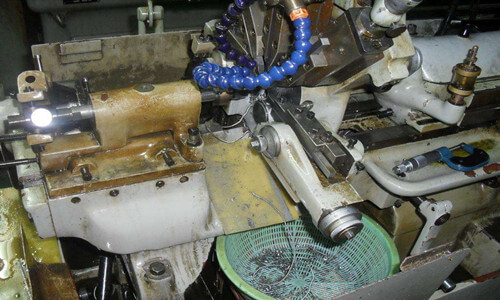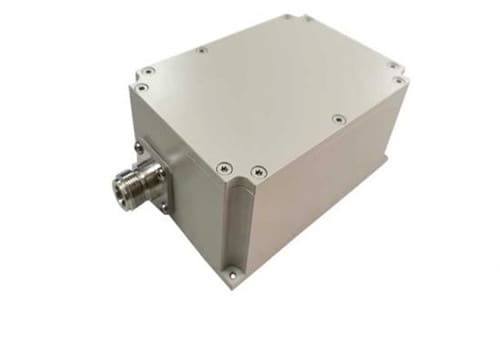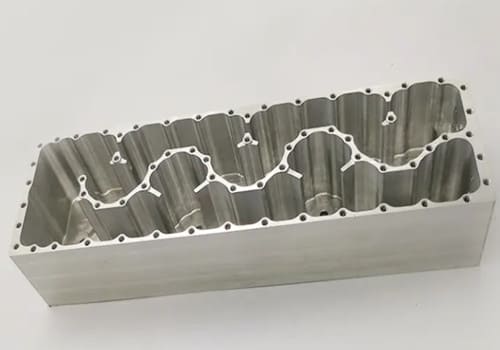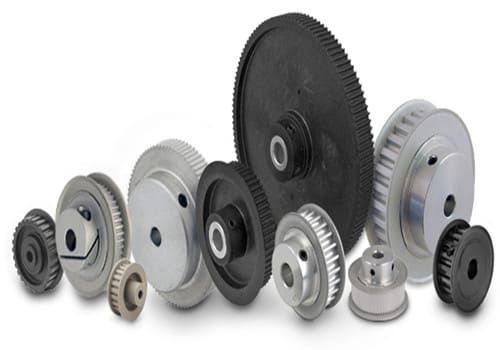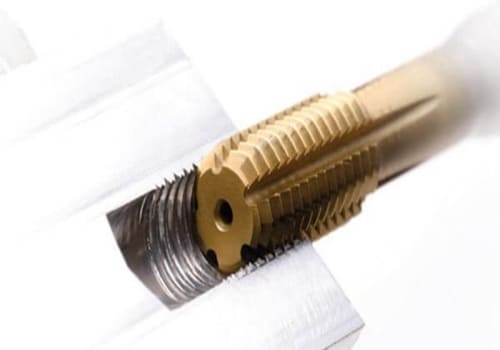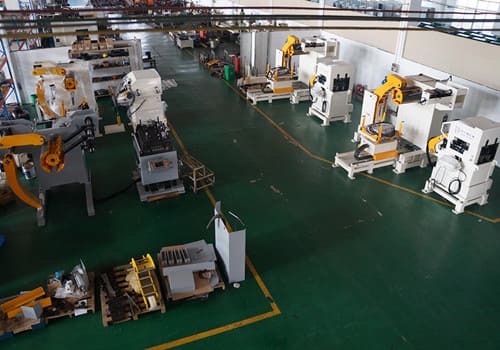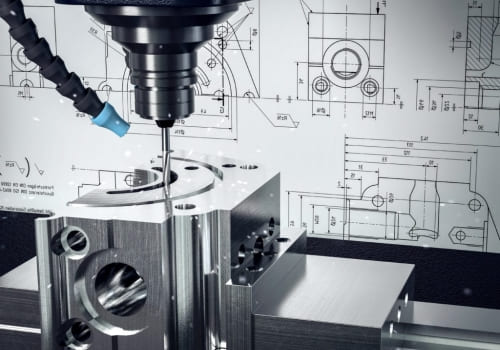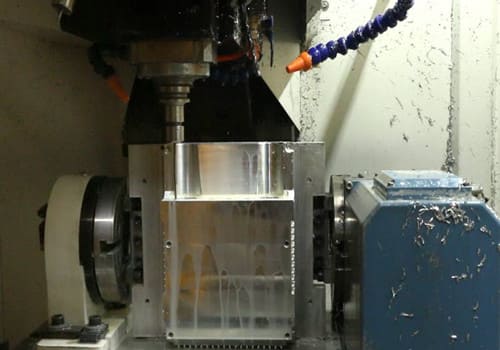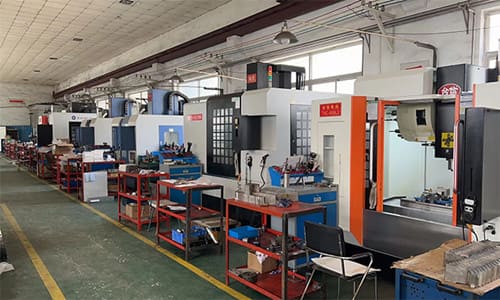As the master machine in machining production, the machine tool plays a vital role in the machining, so in the process of machining and production, the damage of the machine tool should be avoided. In the use of the machine tool, the operator often encounters the oil leakage issue. Then, what are the reasons for the oil leakage? The following is a summary of the reasons for the oil leakage.
In mechanical production, there are three main types of machine oil leakage: leakage, dripping and oil flow. The so-called leakage is a case where a drop of oil is applied every half hour in the static bonding surface portion or a drop of oil is dropped every 6 minutes in the moving bonding surface portion. Dripping is the case where a drop of oil is dropped every 2 to 3 minutes on the moving and static joints. The oil flow is the case of dropping more than five drops of oil per minute.
Many times the oil leakage of the machine tool is caused by improper maintenance. Let’s take a detailed analysis.
1. The relevant accessories or assembly are not suitable
This situation is the most common cause of machine oil leakage. For example, during maintenance, oil leakage often occurs due to improper use of O-rings. Many maintenance personnel found that the oil leakage of the machine is due to the damage or deformation of the O-ring. Generally, they will find a seal with similar size and shape to replace. At this time, they ignore an important problem: O – ring pressure resistance problem. Since the lubrication pressure of general machine tools is <3 MPa, this gives the maintenance personnel a wrong concept. O-rings can be replaced if they have the same size specifications. This situation can be safely used in the case of low pressure, but if it encounters a high pressure of 5 MPa, there will be oil leakage problems.
2. Oil change does not meet the requirements
This situation is often one of the causes of oil leakage from machine tools. There are three main problems in oil change:
First, if you do not understand the viscosity of the parts, use low-viscosity lubricants for parts that use high-viscosity lubricants, after oil change, the sealing of the corresponding box body and axle hole will be affected to some extent, and even reduce the sealing of these parts, resulting in oil leakage.
Second, when the oil is changed, the fuel tank is not cleaned, and the dirt in the oil tank may enter the lubrication system, causing oil blockage and seal wear, which may cause oil leakage.
Third, there is too much oil in the oil change, especially in the parts with rotating parts, due to the stirring action of the rotating parts, oil spills are more likely to occur.
3. Inappropriate selection and adjustment of lubrication system parts
For example, when the maintenance is performed, the oil pump with too high pressure or large oil output is selected. When the system pressure is adjusted, the pressure of the relief valve, the safety valve and the pressure reducing valve is too high, and the flow rate of the lubrication system of the machine tool is too large. If the sealing system does not match, oil leakage will occur.

